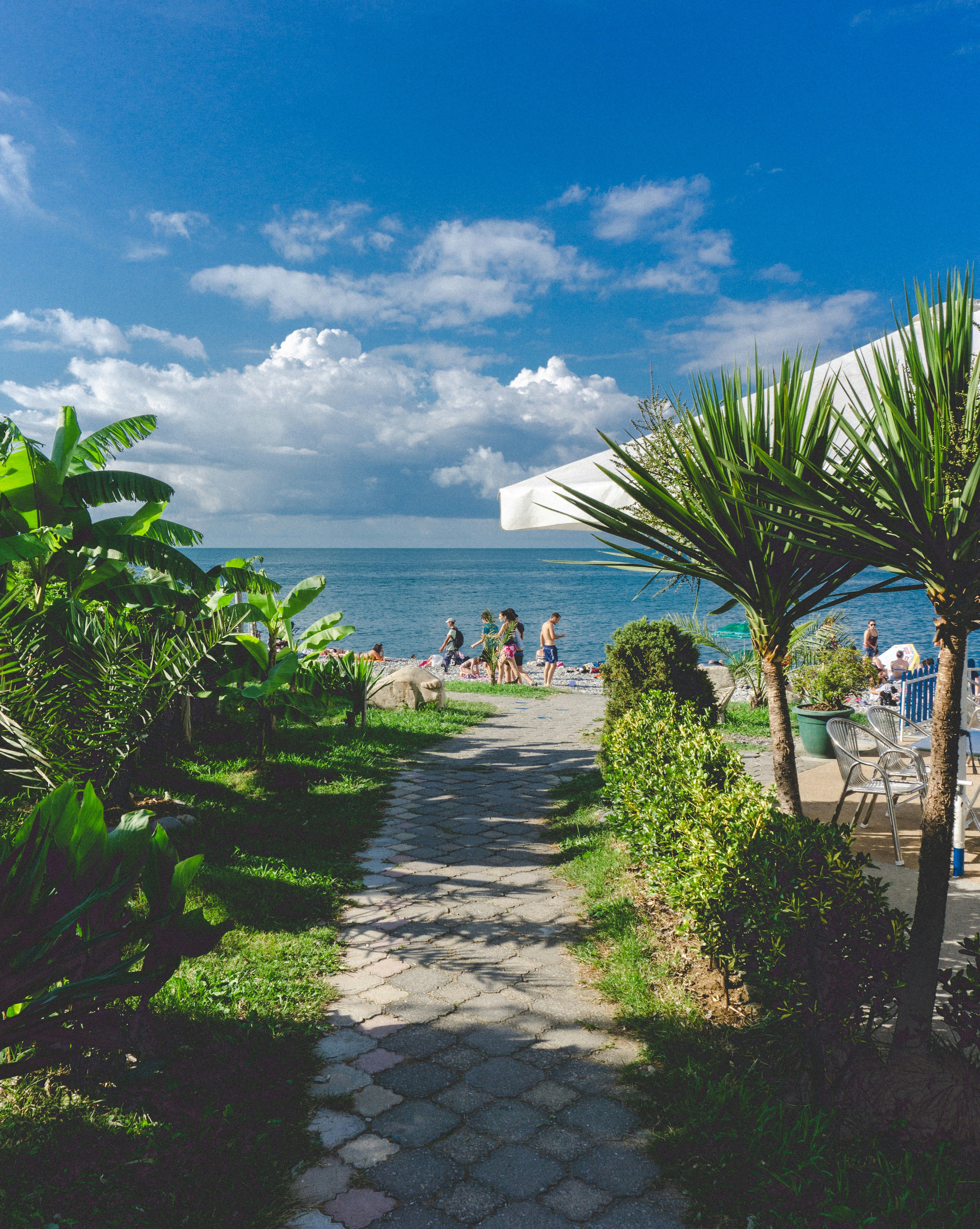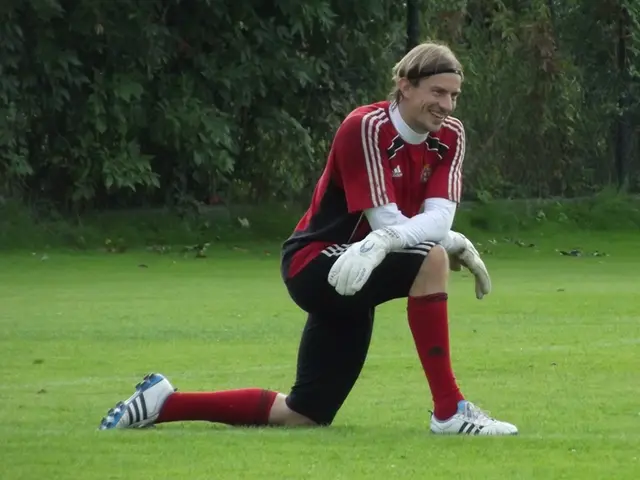Best Workouts for Pancake Feet and Arch Collapse
Keeping your non-arch feet in top-notch shape is crucial, especially for those who constantly slave away on their feet or are born with the condition known as super flexible foot syndrome. This guide will walk you through exercises to strengthen your flat feet, what to avoid, and advice from physical therapist Michael Bogden, PT, DPT.
What's the difference between saggy arches and flat feet?
While you may hear the terms used interchangeably, the difference lies in when the condition occurs. "Flat feet are essentially congenital, i.e., you're born with them," Bogden says, "while saggy arches generally refer to a structural change in the foot that happens over time." Since the approaches to treatment and exercise are usually the same for both, we'll use the more common term "flat feet" here.
Is exercise good for flat feet?
Exercise is definitely beneficial if you're not dealing with any foot pain and are progressing in moderation. Bogden highlights that exercise is the best thing you can do for flat feet as it builds muscular support to compensate for the structural instability often found in flat feet.
"The bones and ligaments don't provide the right amount of structural support," Bogden explains, "so it's like strengthening your shoulder's rotator cuff when you have instability there." In fact, regularly exercising without support can help strengthen those muscles and tighten them up.
However, it's essential to avoid overworking your feet constantly with support as underused muscles can weaken and cause further instability. Strategically balance support and exercise to achieve the best results.
Strengthening exercises for flat feet
While there's a multitude of exercises that can help strengthen your flat feet, consult with a healthcare provider, podiatrist, or physical therapist before starting. Here are some exercises to consider:
Foot Doming
Also known as arch lifts, this exercise involves keeping your feet flat on the floor and raising the arch of your foot as much as possible, rolling the weight of your foot to the outside. This strengthens the intrinsic muscles of the foot and supports other conditions such as plantar fasciitis [2].
Marble Pickups
Picking up marbles with your toes helps strengthen the intrinsic (deep) muscles in your feet. Place 10 to 20 marbles on the floor next to a bowl. While seated, use your toes to grab each marble and place it in the bowl. You can also try picking up a towel with your toes for a similar effect [2].
Heel Raises
Begin with feet flat on the floor, then raise your heels, putting the weight on the balls of your feet. Hold the position for a few seconds and slowly lower yourself down. This exercise strengthens your calf muscles and supports your foot arch [2][3].
Heel Walking and Toe Walking
Walking across the room on your heels with toes in the air and vice versa strengthens muscles in your ankles and feet.
Massage—not stretch—flat feet
While stretching is usually part of a regular exercise routine, Bogden advises against it for flat feet. "The increased instability can cause further weakening and may exacerbate issues," he explains. Instead, massage is a recommended regimen to help keep tight spots in your muscles from causing problems [2].
- Try massaging the area with your thumbs.
- Use a golf ball to roll your arch and massage it gently.
- Consider dry needling [6].
- Use a massage gun for vibrating massages [7].
It's essential to treat not only your foot but also your calf and even your spine because of connected muscle groups like the gastrocnemius and soleus muscles [2].
Aerobic exercises for saggy arches
It's possible to engage in aerobic activities with flat feet, starting with exercises that reduce weight-bearing on your feet, like biking, swimming, or rowing. As your body adapts to the activities, you can progress to exercises with more weight-bearing elements like an elliptical machine [2].
When it comes to any sort of walking program, start with short distances initially and then slowly increase those distances at a steady pace [2]. Consider walking around your house barefoot to see if your feet can tolerate short distances and start building up the necessary strength [2].
What exercises should you avoid with flat feet?
As always, avoid exercises that are too aggressive with jumping and put additional stress on your feet. Exercises like playing basketball or long-distance running should be approached with caution as they can cause tightness and injury if your body isn't ready for the extra loading [2].
Should special shoes or support equipment be used with flat feet?
While consulting a healthcare provider or physical therapist is always recommended, there are a few things to keep in mind when it comes to shoes and support equipment:
- Choose shoes with a wide toe box that allows your toes to splay apart.
- Over-the-counter arch supports can be helpful, but monitor how you feel when using them to ensure they offer support and don't cause additional issues [8].
- Don't rely on arch supports all the time, as your muscles need exercise to remain strong [8].
Through consistent exercise and gentle massage, you can support your flat feet and improve overall foot function. Make sure to consult with a healthcare professional for personalized advice if you experience persistent issues.
Engaging in fitness-and-exercise routines, particularly exercises that focus on the health-and-wellness of the feet, such as foot doming, marble pickups, heel raises, and heel walking and toe walking, can help strengthen the muscles in the feet of those with flat feet, according to physical therapist Michael Bogden, PT, DPT. Furthermore, incorporating health-and-wellness activities like swimming or biking into your routine can help reduce weight-bearing on your feet and potentially prevent further issues associated with flat feet.







